I’ve learned from experience that it’s not easy to train a dog, especially for a non-professional. But then I learned about some useful dog training tools that can make the job easier. In this article I’ll introduce them to you.
I will review items that help with unwanted behavior (e.g. jumping, barking, biting, eating garbage) and those that reinforce good behavior. I’ve only included safe and proven tools, and I’ve added a list of bad things that I wouldn’t recommend for training. I’m sure you’ll find something new here.
Contents
5 Best Dog Training Tools
Before we begin, I want to remind you of a few important nuances:
- 👉All dog training tools are only auxiliary. There is no magic thing that will make your pet obedient. The success of dog training depends on your perseverance and consistent execution of certain actions.
- 👉If your dog is misbehaving in any way (e.g. barking, chewing, biting), you need to look for the cause. The root of the problem may be a health issue.
So, I’m all for using all methods wisely without abuse. After all, we want to give our pets the best. If you agree with all this, you’re ready to get familiar with the training tools.
1️⃣Crate
I put the crate first because it’s probably the most versatile tool. It’s recommended for puppies and adult dogs in a variety of situations1. Plus, you don’t need long, complicated training to get your dog used to the crate.

How a crate can help you
It’s difficult to list all the uses of a crate. This training tool can be useful for the following:
- potty training;
- getting your dog used to sleeping peacefully at night;
- calming a restless dog or a dog prone to disruptive behavior.
And in general, a crate can come in handy for transporting your dog in the future.
Some dogs are very fond of crates and don’t even need training to teach them to stay inside. Others need to be introduced gradually, but there are some crate haters. At any rate, you should try this training tool.
What’s the best crate for a dog?
Here are some general recommendations for choosing a dog crate:
- it should be securely built, so that the dog can’t mess it up;
- it should have secure locks;
- it shouldn’t be too narrow or too spacious;
- several doors and a removable tray are an additional plus.
In fact, the crate should be chosen individually. For example, a regular crate will not work for a puppy or a restless dog. You can find the right one for you in the Best Dog Crates section.
2️⃣ Vibrating Training Collar
There are several electronic training collars: vibration, spray, and shock. I’m against the use of an electric shock. Spray can also be classified as an aversive method, but vibrating collars are humane and quite effective.
They cost anywhere from $30 to $400 or more. They’re available for both small and large dog breeds.
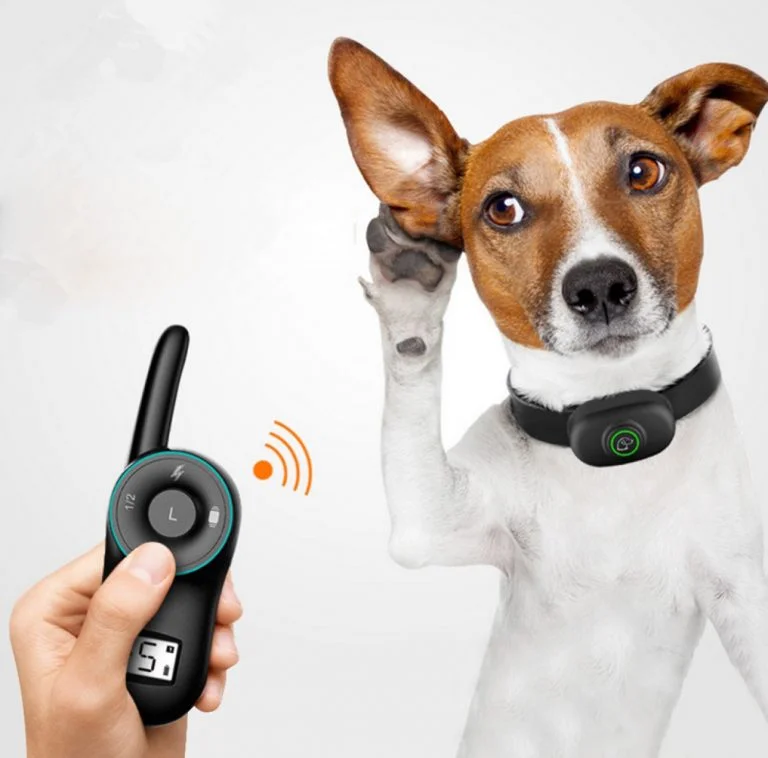
How it works
The collar is controlled by a remote control. When you press it, your dog feels a vibration or a beep. This alerts him to you or distracts him from unwanted activity. The next step is up to you.
You must gradually show your dog what you want him to do using a reward like treats. Depending on your dog’s reaction, you can use different levels of stimulation.
You can teach your dog all sorts of things this way, for example:
- don’t chew;
- not to bark;
- leave;
- stop;
- go to a place, etc.
Vibrating collars can be especially useful for deaf dog training. They replace any audible signals that a deaf dog cannot hear. Next, you need to show what you want with gestures.
Of course, an electronic collar doesn’t work for every dog; plus, it takes time to learn. However, some dogs learn very quickly.
How to choose an electronic collar
When choosing a collar for your dog, consider these guidelines:
- the collar should be lightweight and compact;
- many stimulation levels and an additional sound and light signal are advantageous;
- prefer collars without prongs, as they can irritate your dog’s neck;
- the longer the remote range, the better.
Look at models from $70, because cheap electronic devices aren’t very high quality.
Check out my review of the best training collars to choose the right one.
3️⃣ Ultrasound devices
I discovered ultrasonic devices not long ago, and few people are familiar with them. The ultrasonic sound attracts the dog’s attention and causes discomfort at high volume. It doesn’t hurt, but it can be more effective than vibration. So if your dog doesn’t respond to a vibrating collar, you can try ultrasonic devices.
How it works
There are ultrasonic devices that respond to excessive barking and are aimed directly at this problem. But there are also devices that you can control (like Good Life’s OnGuard).
By using ultrasound during training, you can break your dog of unwanted behaviors, such as:
- jumping;
- biting;
- barking (at people, doorbells, cars, etc.)
- garbage eating.
There are many ways to use it. It all depends on what you want to teach your dog.
Humans can’t hear the ultrasound, but all nearby animals can, and that may be a problem if you have multiple pets.
4️⃣ Clicker
It’s the easiest and safest tool for dog training. The clicker can be used when you’re teaching your dog to sit, lie down, walk beside you, or do other tricks. First, you should click right before giving a treat. This way, the dog will know he will get a reward after the clicker signal. Over time, you can remove the treat and use only the clicker to elicit the desired behavior.
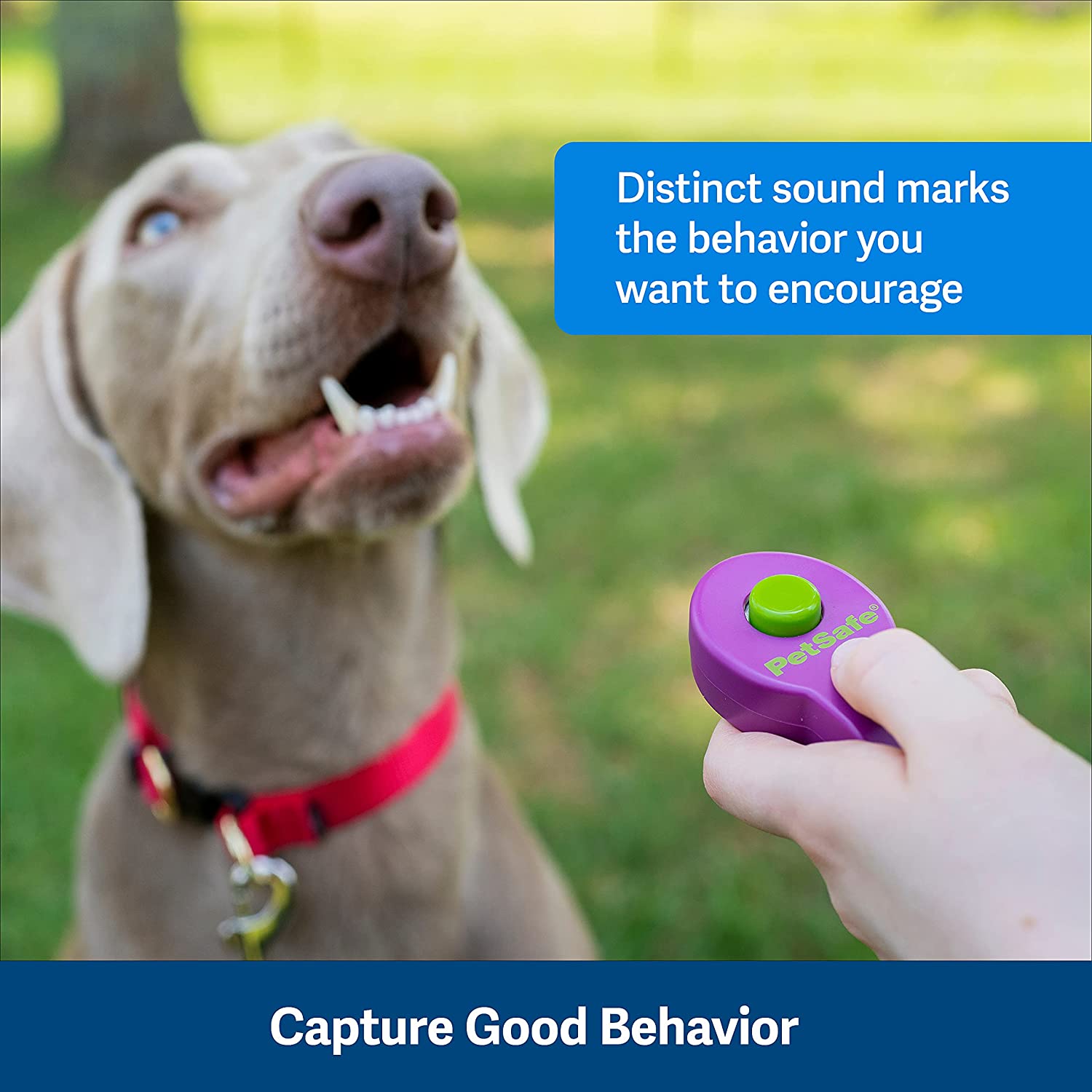
It’s also important to teach your dog to listen without treats, because you may not always have them on hand at the right moment.
You can also use a clicker when rewarding your dog for good behavior. For example, he chews on his toy instead of your pants, or sits quietly in his spot instead of jumping on guests. Then you give a clicker signal and reward your pet.
After a while, the dog will show the desired behavior after the clicker signal.
Simple switch to clicker training is having amazing results already
by u/kayroq in reactivedogs
5️⃣ Doggie door bells
This is a good and inexpensive potty training tool. If you take enough time, you can teach your dog to ring the bell when he needs to go potty. To do this, hang it near the door and press it whenever you take your dog outside. Also, encourage your dog to touch the bell.
Watch this video to learn more about teaching your dog to use the bell:
It’s worth trying a dog bell if you have trouble potty training outdoors and your dog often pees at home.
Other equipment and stuff
A few things are also worth mentioning in this article:
- ✅Treats. They are a must-have if you want to teach your dog something. But you need to find a treat that your dog is crazy about and only give it during training. You can use goodies to show your dog what you want. For example, if you want your dog to lie down, put your hand with the treat on the floor (or on the dog’s bed).
- ✅Toys. Toys. If your dog likes toys, you can use them as rewards instead of treats. Also, chew toys help keep your dog from messing things up, and balls can be used to learn the “catch” command.
- ✅Harness/leash. A harness can be used to wean a dog from unwanted behavior (such as eating garbage off the ground) and also for training, such as learning “stand”, “next to”, etc.
- ✅Agility Equipment. It’s suitable not only for competition training, but also for daily training. When you lead your dog through an obstacle course, you teach him to follow your instructions. It goes on in a fun way, so it’s easy. Plus, the dog gets the physical and mental stimulation he needs.
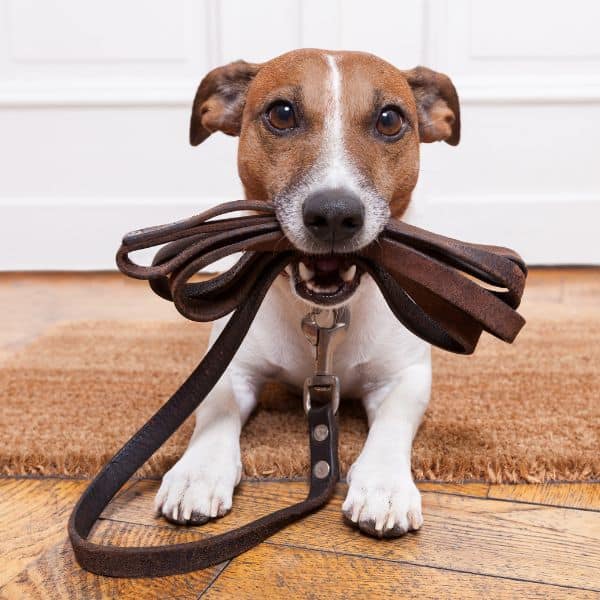
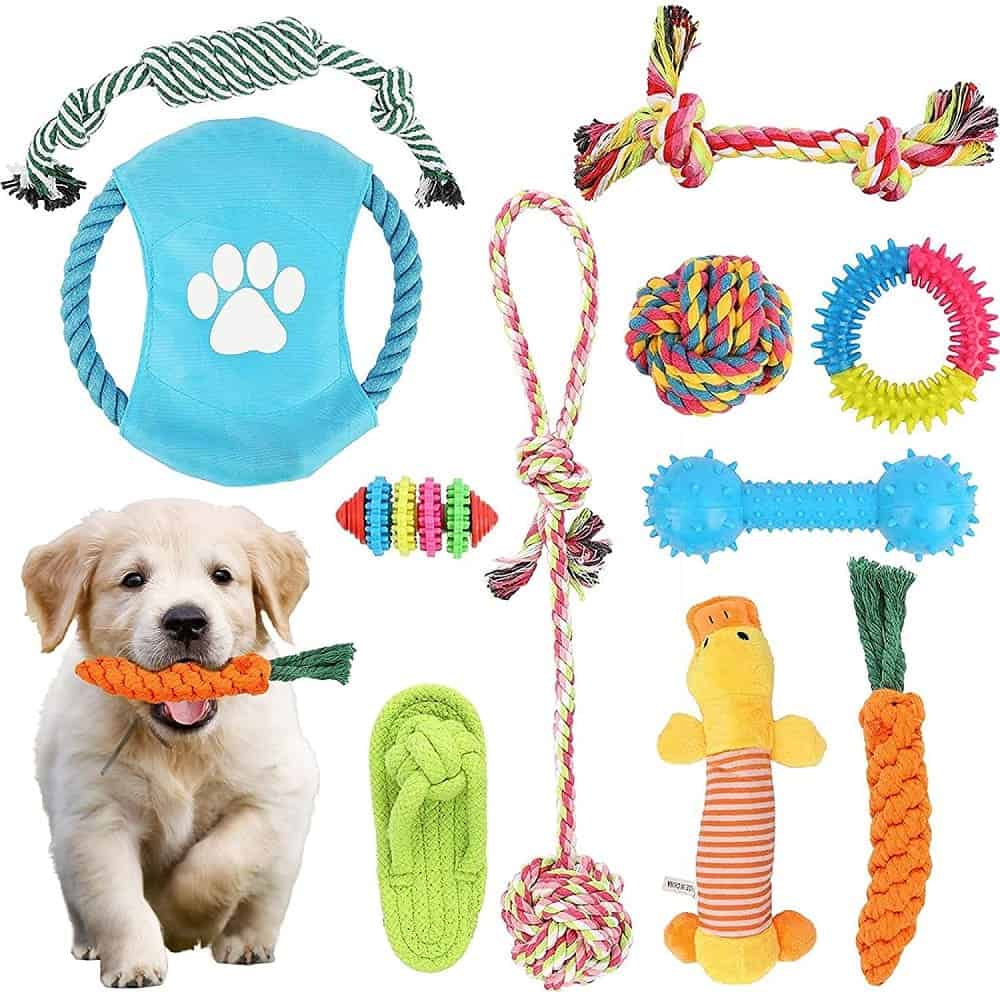

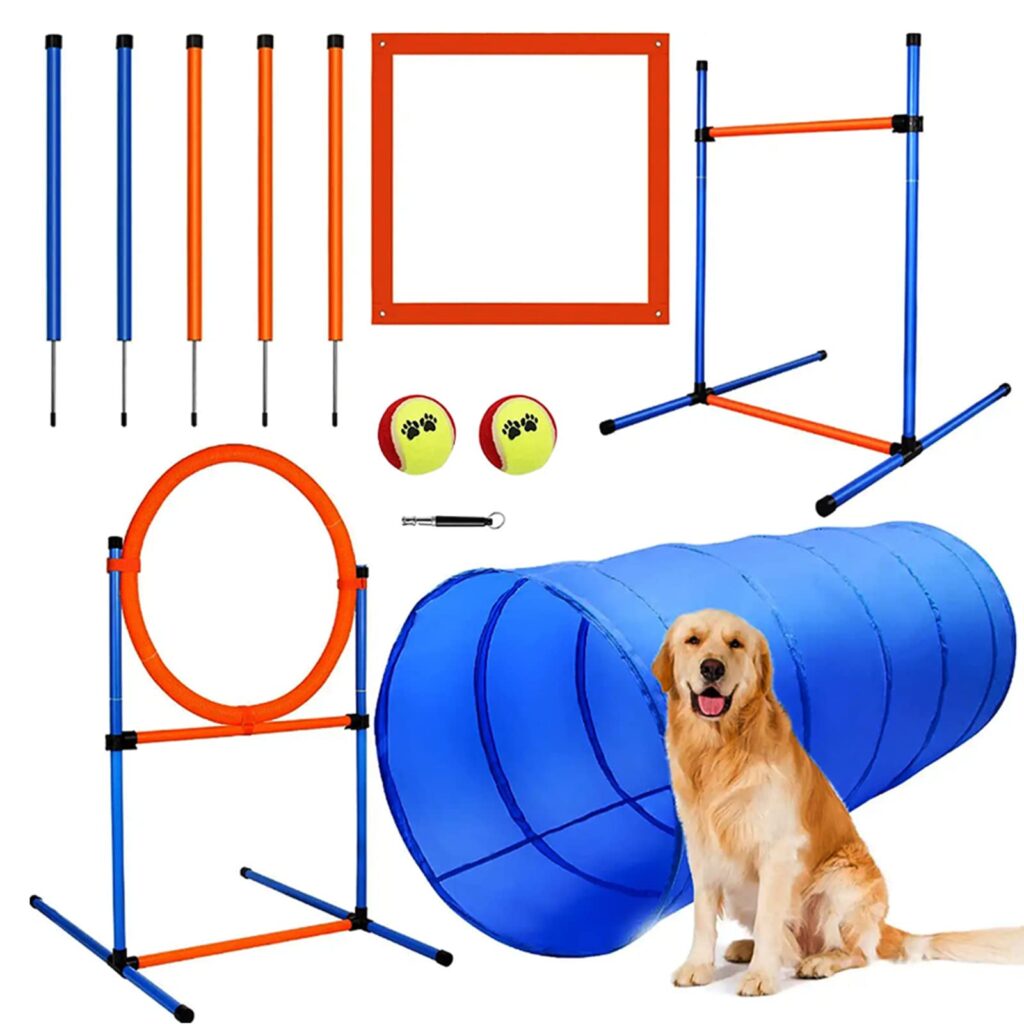
If you know of other training tools, please share them in the comments!
Blacklist
But there are some things that I’d never use for training. They’re these 3:
- 🚫 Shock Collars. I have a whole article on the harms of shock collars. The information in it’s supported by several studies. In short, this tool is dangerous and not a good training tool, nor does it lead to a strong bond between the owner and their dog.
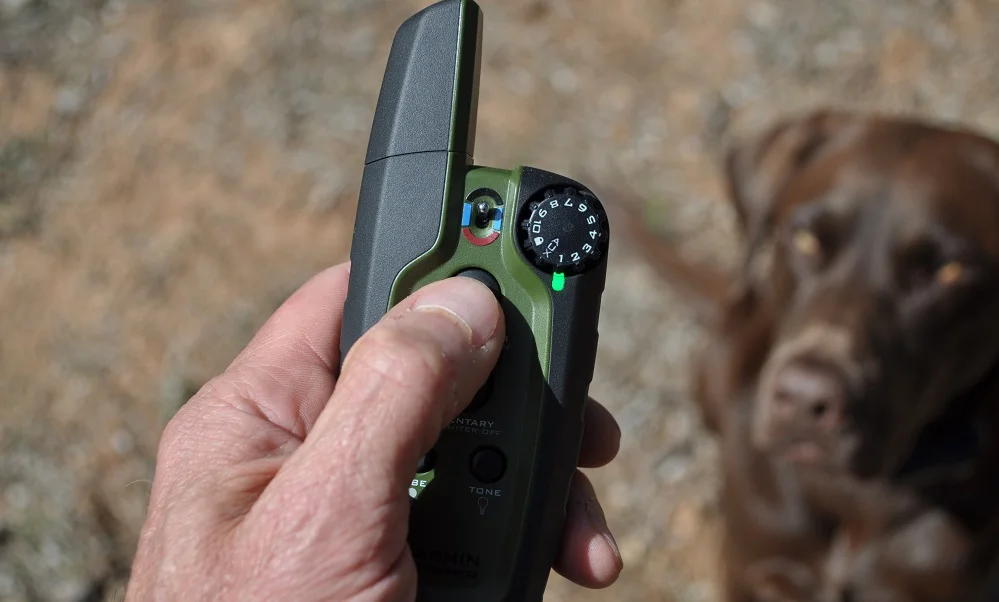
2. 🚫 Other aversive collars (prong and choke). They can harm your dog’s physical and emotional health2.
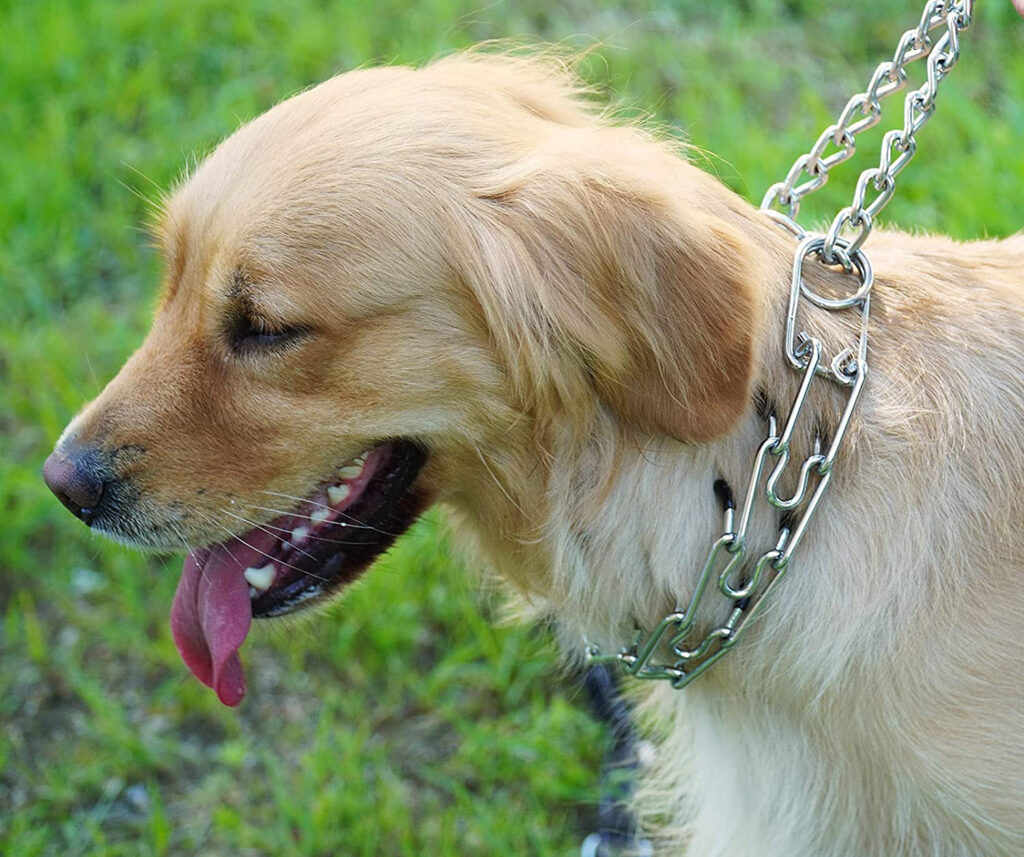
3. 🚫 Invisible Fences. First, they also use electric shocks, and that isn’t humane3. Secondly, they don’t protect the dog from running away 100% of the time. Often the system fails and doesn’t work. Moreover, dogs often don’t let the electric shock stop them and are ready to chase their target despite all odds.
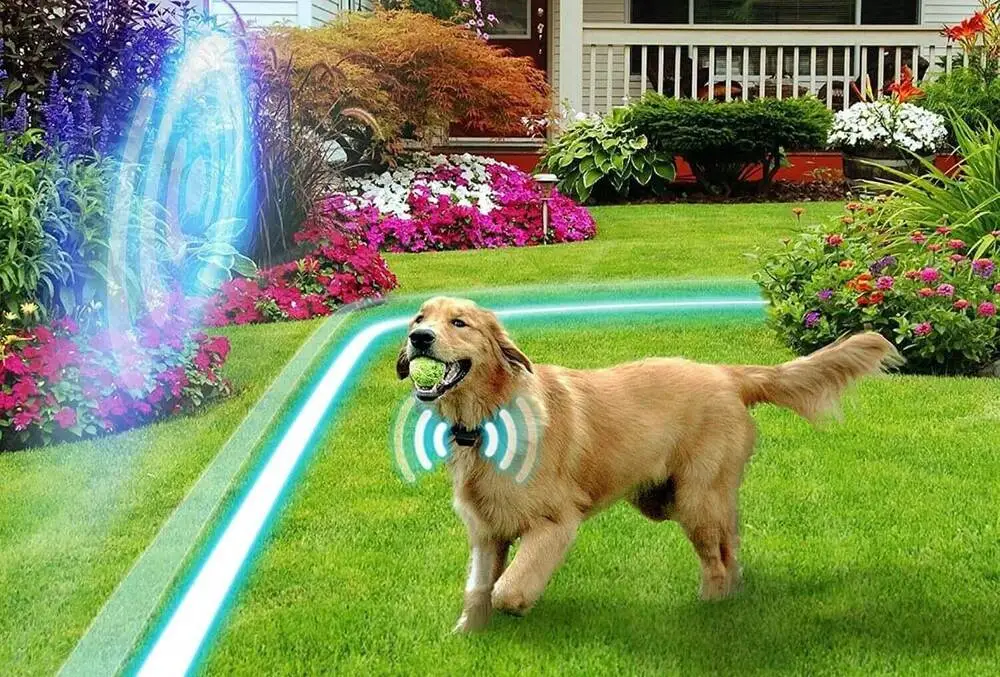
Sources: